Description
Peanut straw is a byproduct obtained after harvesting peanuts (Arachis hypogaea) for their seeds. It is commonly used as a forage or bedding material for livestock. The nutritional content of peanut straw can vary based on factors such as the stage of maturity at harvest, environmental conditions, and soil fertility. Here are the general components of peanut straw:
1. Fiber:
– Crude Fiber: Peanut straw contains fiber, with crude fiber levels typically ranging from 30% to 40%. Crude fiber includes cellulose and hemicellulose.
– Neutral Detergent Fiber (NDF): NDF measures the total fiber content, including cellulose, hemicellulose, and lignin. Peanut straw usually has NDF levels around 50% to 60%.
– Acid Detergent Fiber (ADF): ADF represents the less digestible fiber components, primarily cellulose and lignin. ADF levels in peanut straw are generally around 35% to 45%.
2. Protein:
– Peanut straw tends to have lower protein content compared to other forage crops. Protein levels typically range from 3% to 7%, making it a lower-protein forage option.
3. Energy:
– The energy content of peanut straw is moderate and is primarily derived from its carbohydrate content. The energy value can vary based on factors such as maturity and leaf-to-stem ratio.
4. Minerals:
– Peanut straw contains some minerals, including potassium, phosphorus, and calcium. However, the mineral content may not be as high as in other forage crops.
5. Anti-Nutritional Factors:
– Peanut straw may contain anti-nutritional factors such as tannins, which can interfere with nutrient absorption. However, the levels are generally lower compared to other parts of the peanut plant.
6. Palatability:
– Peanut straw is generally less palatable than other forage options, and livestock may consume it less willingly. Palatability can be influenced by factors such as maturity at harvest and the presence of leaves.
7. Low Lignin Content:
– Peanut straw typically has a lower lignin content compared to some other crop residues, contributing to increased digestibility.
It’s important to note that while peanut straw may not be as nutritionally rich as some other forages, it can still serve as a valuable roughage source and bedding material for livestock. Its utilization often depends on factors such as local availability, cost, and the specific nutritional needs of the animals. For a more accurate assessment of the nutritional content, laboratory analysis of the peanut straw can provide detailed information.


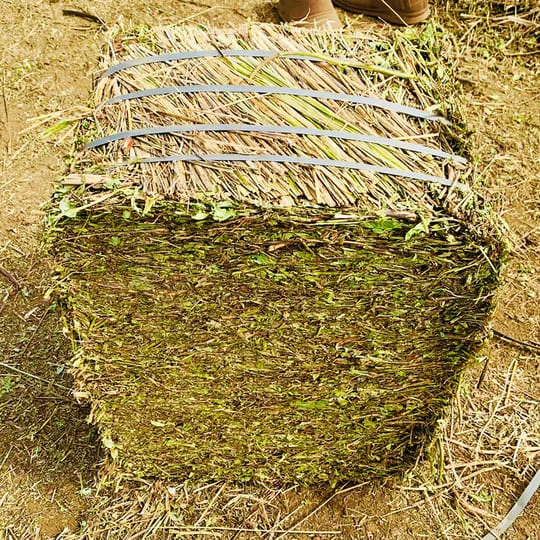
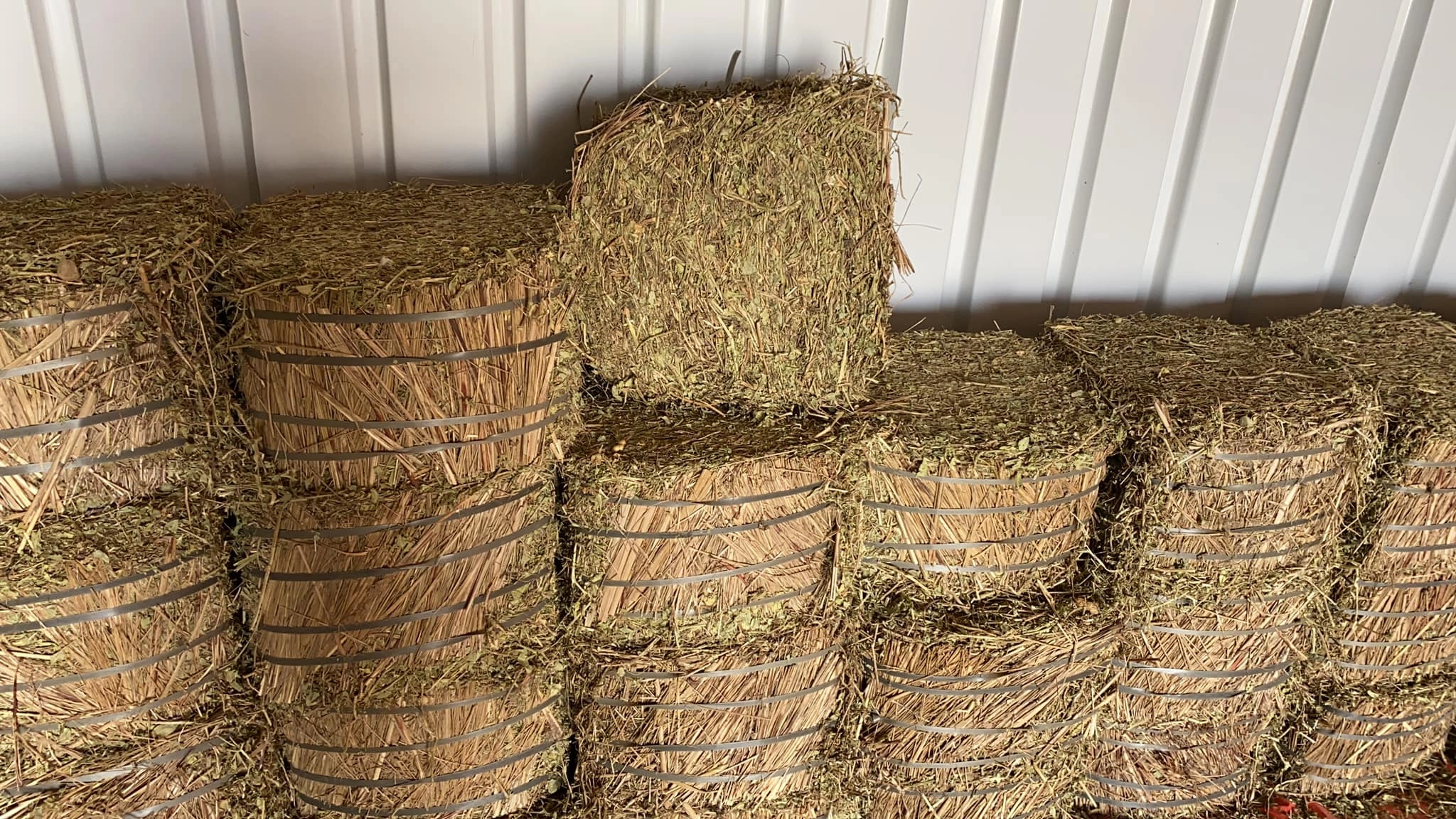
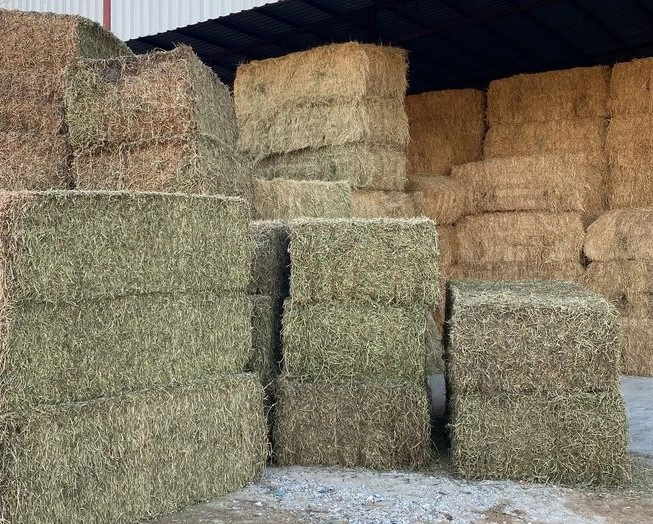
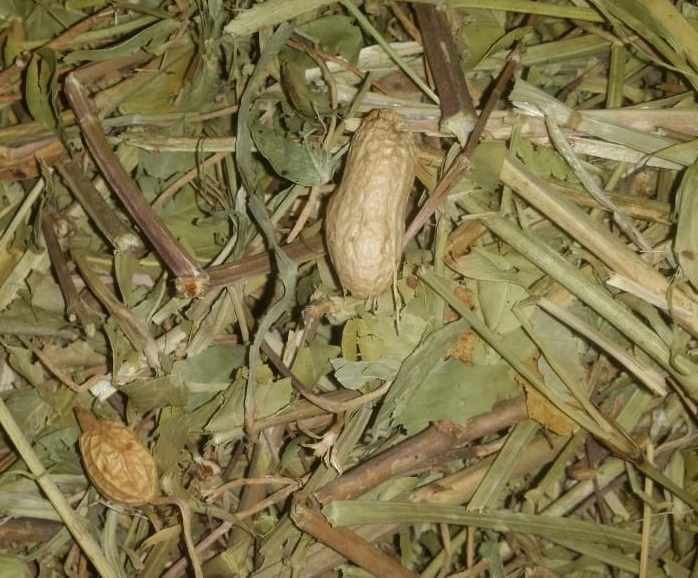
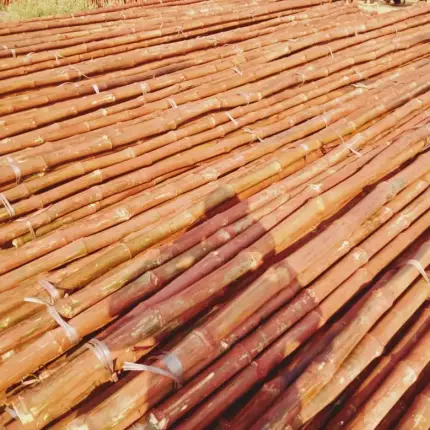
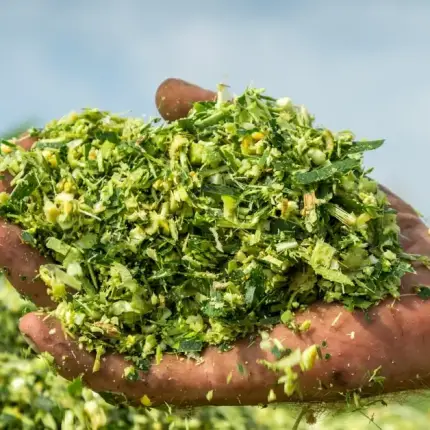
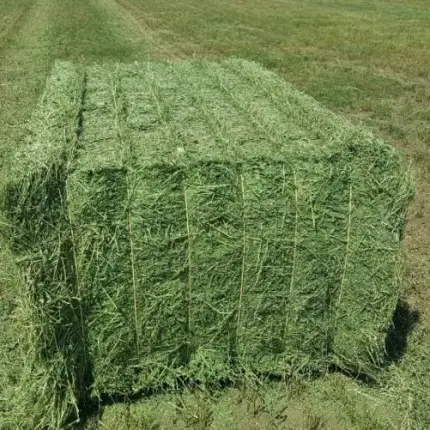
Reviews
There are no reviews yet.